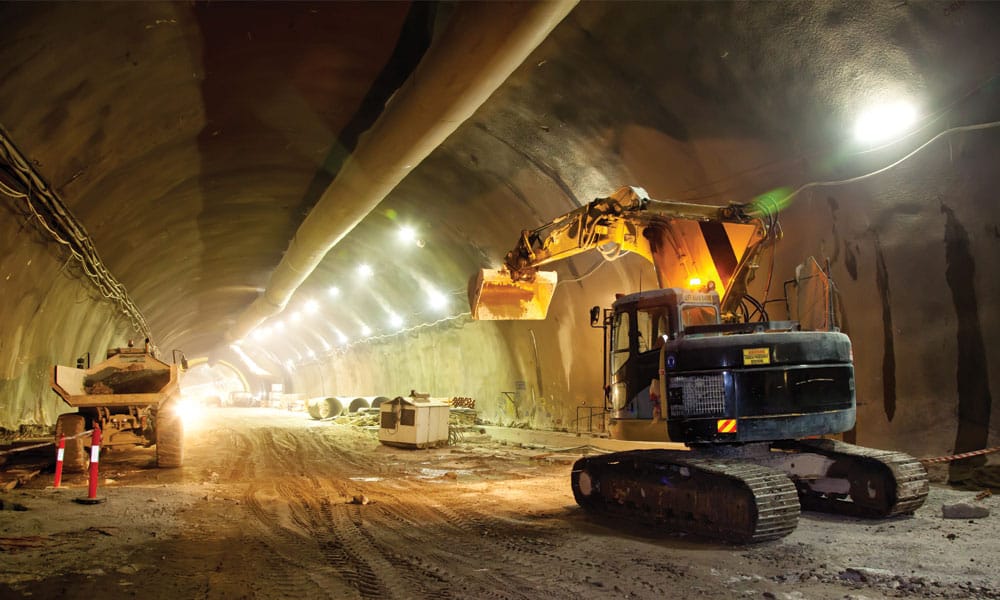Exactly How Geotheta is Reinventing Modern Geotechnical Evaluation and Development
Exactly How Geotheta is Reinventing Modern Geotechnical Evaluation and Development
Blog Article
Browsing Geotechnical Providers: The Value of Geotechnical Information, Soil Compaction Testing, and Pavement Design in Ensuring Structural Honesty
Geotechnical services, encompassing the manufacturing of geotechnical records, performing soil compaction testing, and meticulous sidewalk style, serve as the cornerstone of making certain architectural honesty. geotheta. These crucial elements not only lay the foundation for effective project execution however likewise mitigate potential risks that might endanger the security and toughness of a building job.
Significance of Geotechnical Records
Geotechnical records play a critical duty in supplying comprehensive understandings right into the soil and rock conditions of a site, essential for ensuring the architectural integrity of construction jobs. These records are a basic part of the preliminary site examination procedure, providing valuable info that affects the style, building approaches, and general expediency of a project. By analyzing dirt composition, security, and possible threats such as landslides or sinkholes, geotechnical records enable designers to make educated choices pertaining to structure style and building and construction strategies.
Moreover, geotechnical reports help in risk analysis and mitigation methods, assisting job stakeholders understand the prospective obstacles that may develop throughout construction. With thorough evaluation and interpretation of geotechnical data, designers can develop options to resolve site-specific issues, ensuring the long-lasting stability and security of the framework. Eventually, the thorough nature of geotechnical records functions as an essential structure for successful task preparation and implementation, minimizing risks and enhancing overall job results.

Duty of Soil Compaction Testing
Exactly how essential is the evaluation of soil compaction via screening for ensuring the stability and longevity of building and construction tasks? Soil compaction testing plays an essential role in the building and construction market by making certain that the dirt underneath a framework is correctly compressed to support the desired lots and protect against negotiation (geotheta). Appropriately compressed soil gives a secure structure for structures, roadways, and various other structures, decreasing the danger of architectural failure and expensive fixings in the future
Dirt compaction testing entails gauging the density of the soil and comparing it to the maximum thickness possible for that certain dirt kind. If the soil has been compressed completely to support the organized framework, this assists designers establish. By carrying out soil compaction tests during building, designers can identify any areas that call for additional compaction and take rehabilitative measures prior to continuing with additional construction.
Significance of Sidewalk Layout
Assessing dirt compaction with testing not just guarantees the stability and longevity of building projects however also lays an essential foundation for efficient sidewalk style. Pavement style is an important element of construction tasks as it straight influences the sturdiness and performance of roadways, auto parking whole lots, and other frameworks subjected to vehicular or foot website traffic. Correct pavement layout considers elements such as traffic lots, environmental conditions, soil qualities, and product residential properties to develop a sustainable and robust surface area. By integrating data from soil compaction examinations, designers can determine the ideal density, materials, and layering for the sidewalk to withstand anticipated stresses and maintain architectural stability gradually. In addition, pavement design affects drainage patterns, surface area friction, and overall safety and security for users. Via careful planning and evaluation, geotechnical engineers can maximize pavement designs to fulfill specific job demands, making certain smooth transportation routes and lessening upkeep expenses in the future.
Making Certain Architectural Stability
These records provide important info on soil read what he said composition, stability, and potential threats, assisting in notified decision-making throughout the layout and building and construction stages. Furthermore, performing complete dirt compaction screening is vital to guarantee that the dirt below sidewalks or structures is properly compacted to support the desired loads and stop settlement issues.
In addition, applying robust sidewalk style practices is important for ensuring the architectural honesty of roads, car park, and other paved surface areas. Appropriate pavement layout takes into consideration factors such as traffic volume, ecological problems, and dirt attributes to develop secure and durable transportation facilities. By sticking to these techniques and using geotechnical solutions properly, building jobs can improve their structural stability, decrease risks of failure, and make sure the long-lasting efficiency of the developed atmosphere.
Safeguarding Against Risks
In light of the essential relevance placed on making sure structural stability with thorough interest to material selection and soil screening, securing against dangers comes to be critical in keeping the security and durability of construction projects. Threats in building and construction jobs can stem from different sources, consisting of natural catastrophes, dirt instability, or layout defects.
Furthermore, developing backup strategies and carrying out robust monitoring useful link systems can aid reduce unanticipated risks that may emerge throughout building and construction. Routine inspections and quality assurance actions must be accomplished to ensure that products are used according to specifications which building techniques abide by market standards. By proactively recognizing and attending to possible dangers, building projects can enhance their strength and lessen the likelihood of structural failures, eventually making certain the security and durability of the developed setting.
Conclusion

Soil compaction screening plays an essential role in the building market by making certain that the soil below a framework is appropriately compacted to sustain the intended lots and avoid negotiation.Dirt compaction testing entails gauging the thickness of the dirt and comparing it to the optimum density attainable for that specific dirt type (geotheta). By conducting dirt compaction tests during building and construction, engineers can identify any areas that require added compaction and take rehabilitative measures before continuing with more building and construction
Additionally, carrying out detailed dirt compaction screening is vital to guarantee that the dirt below structures or pavements is appropriately compacted to sustain the desired tons and stop settlement issues.
In conclusion, geotechnical records, dirt compaction screening, and sidewalk layout play vital duties in making certain the architectural honesty of building and construction jobs.
Report this page